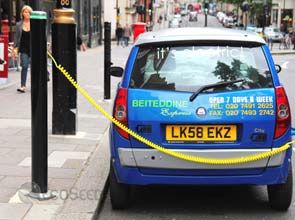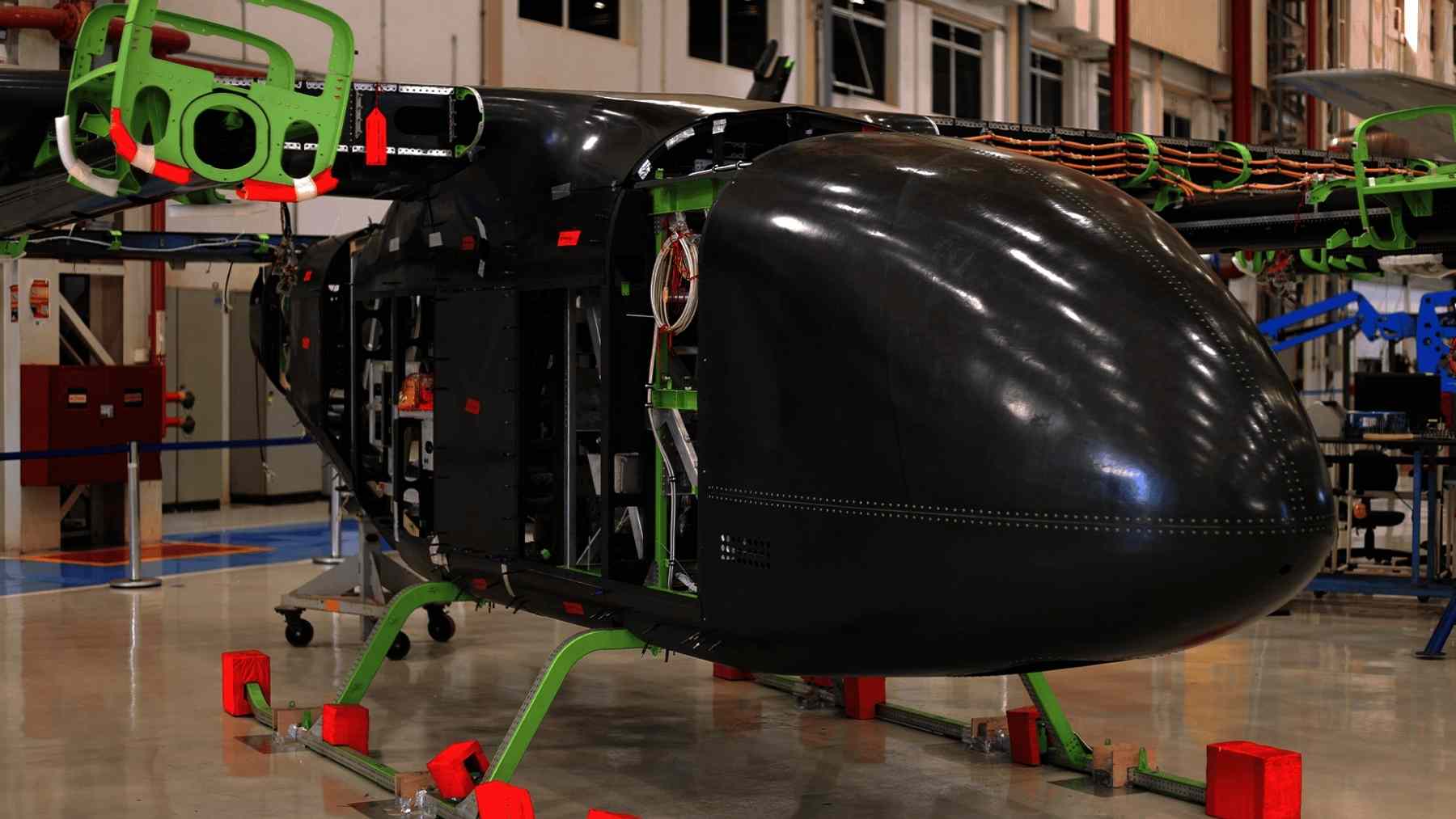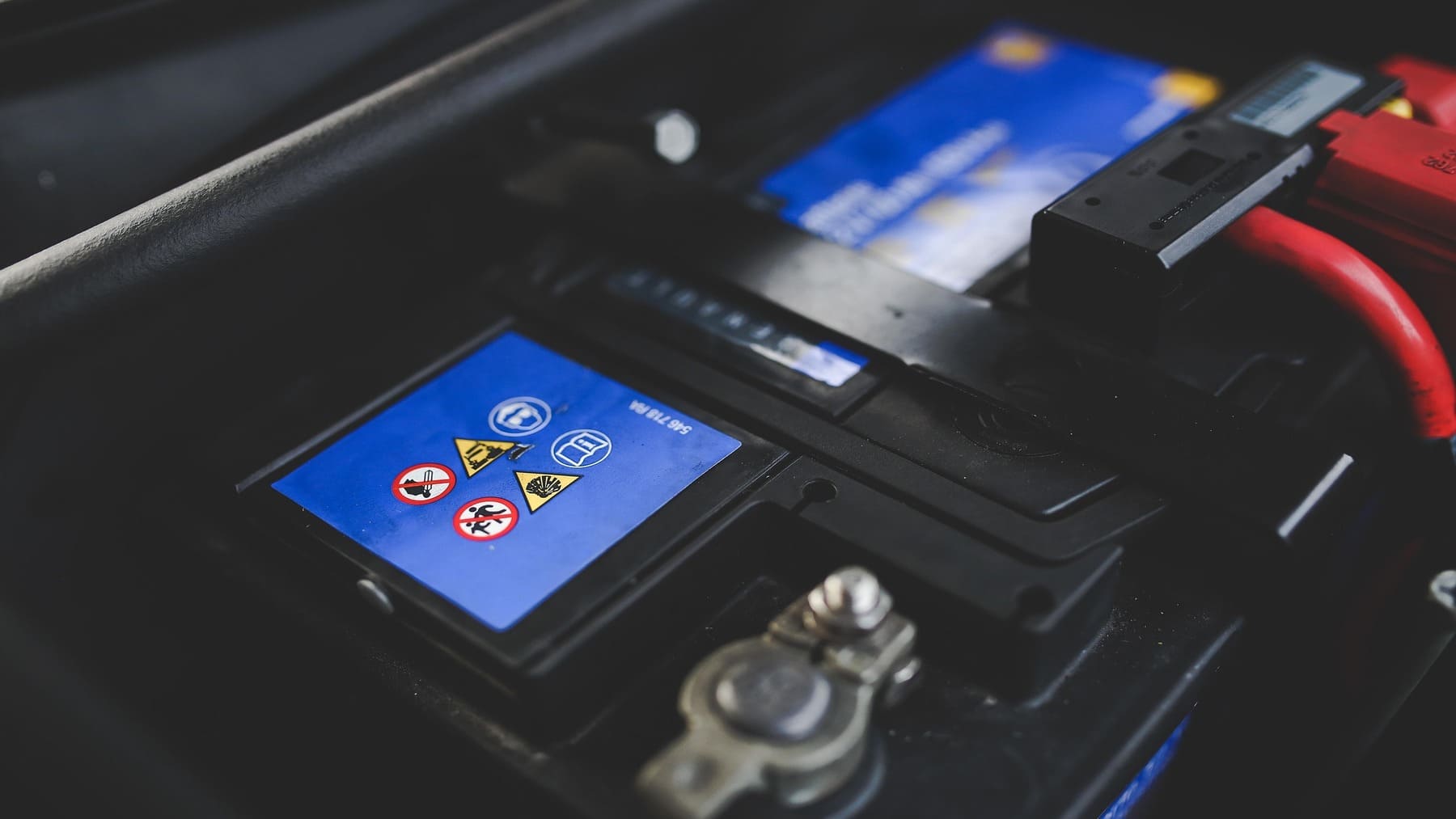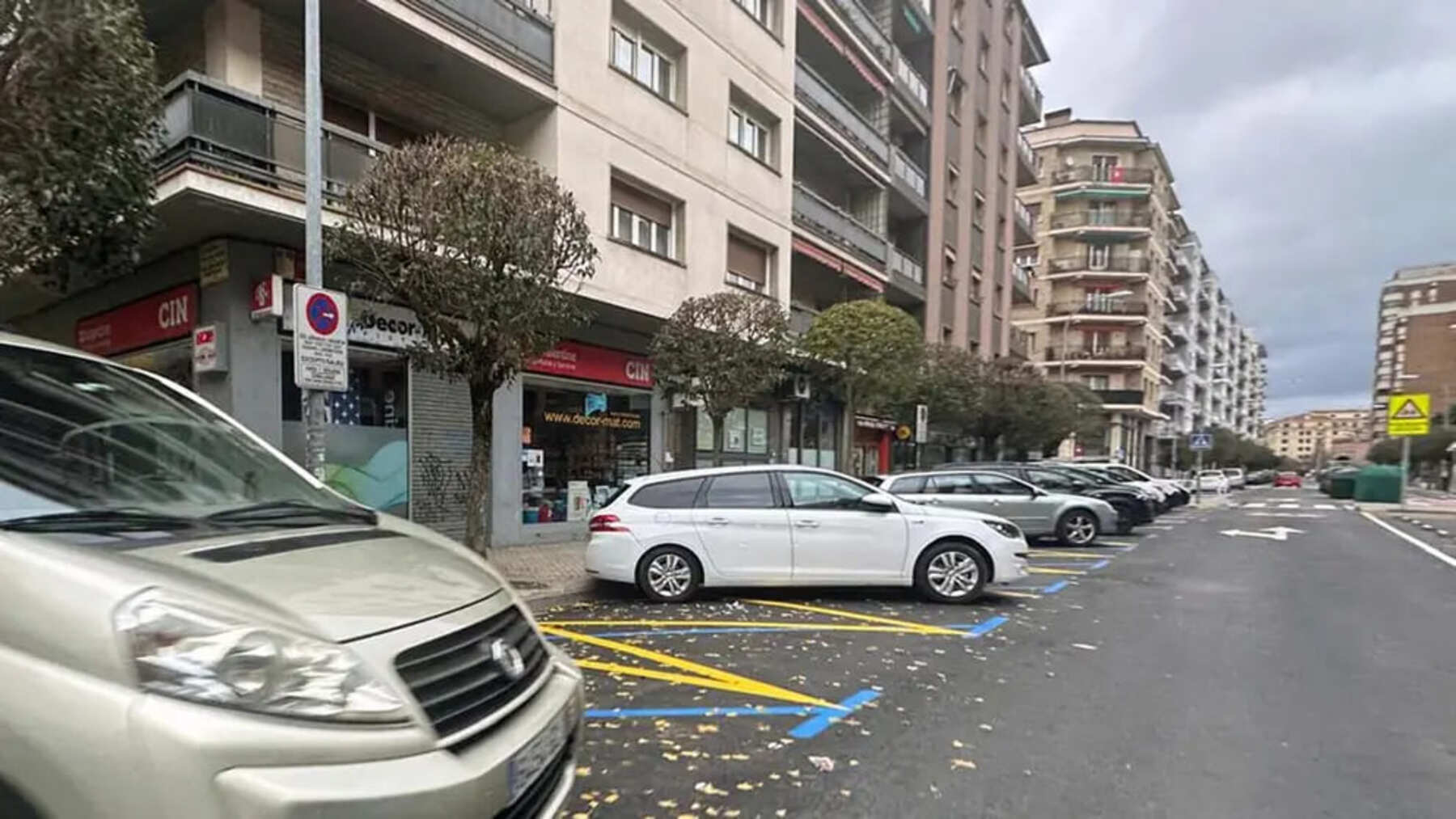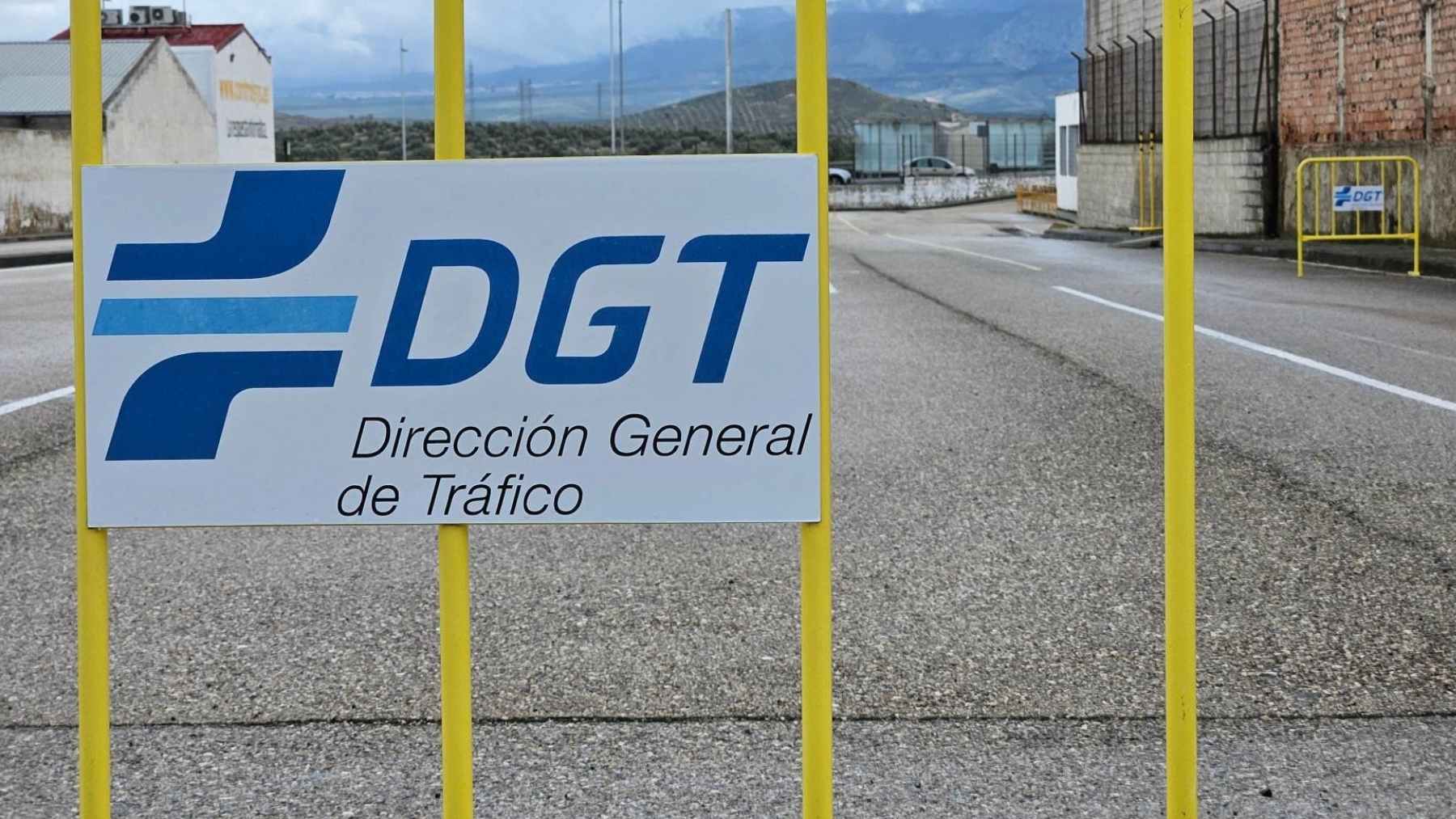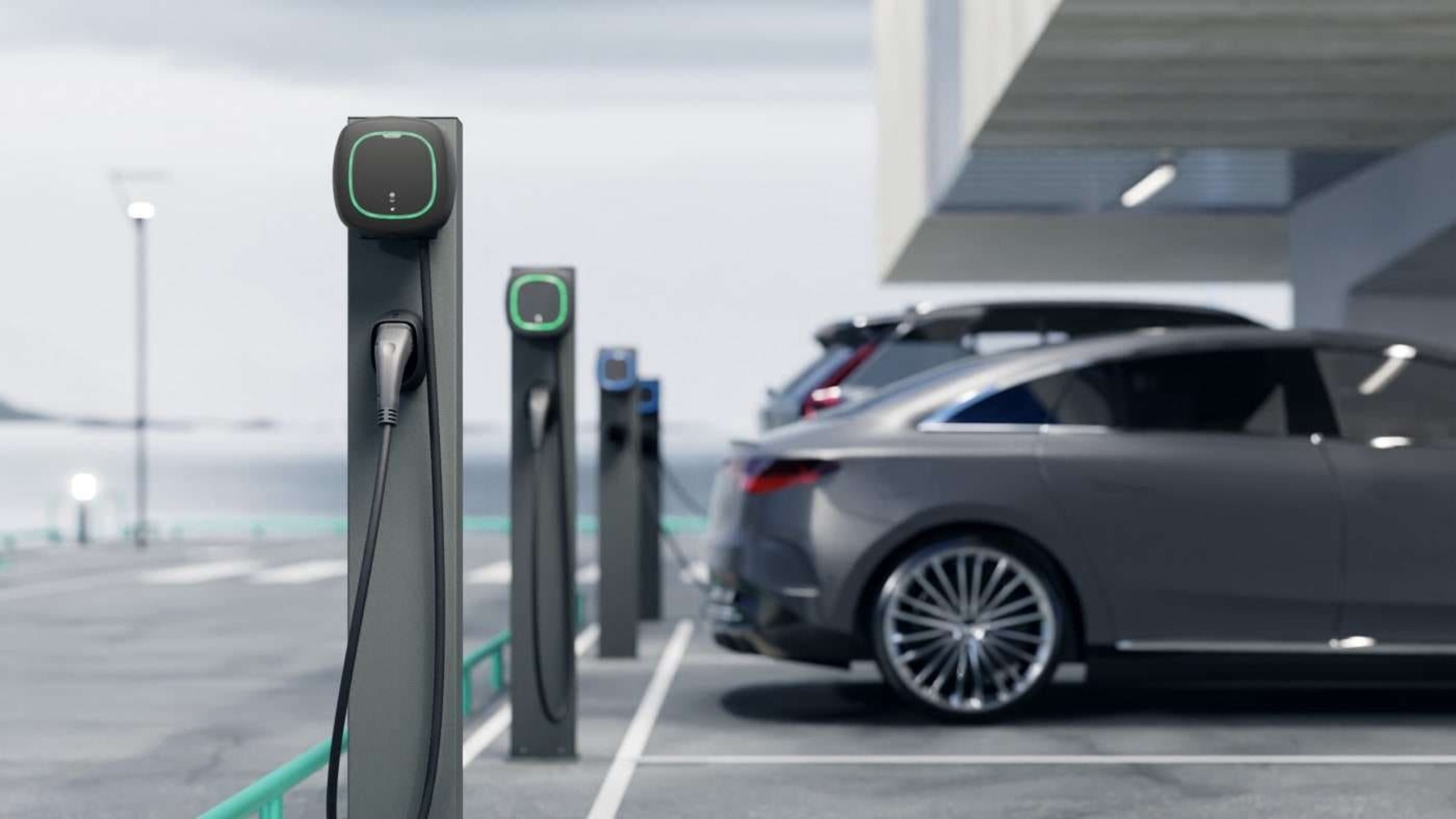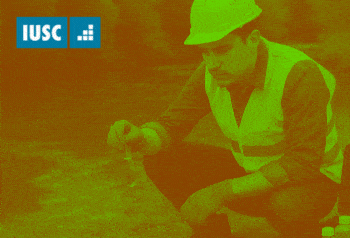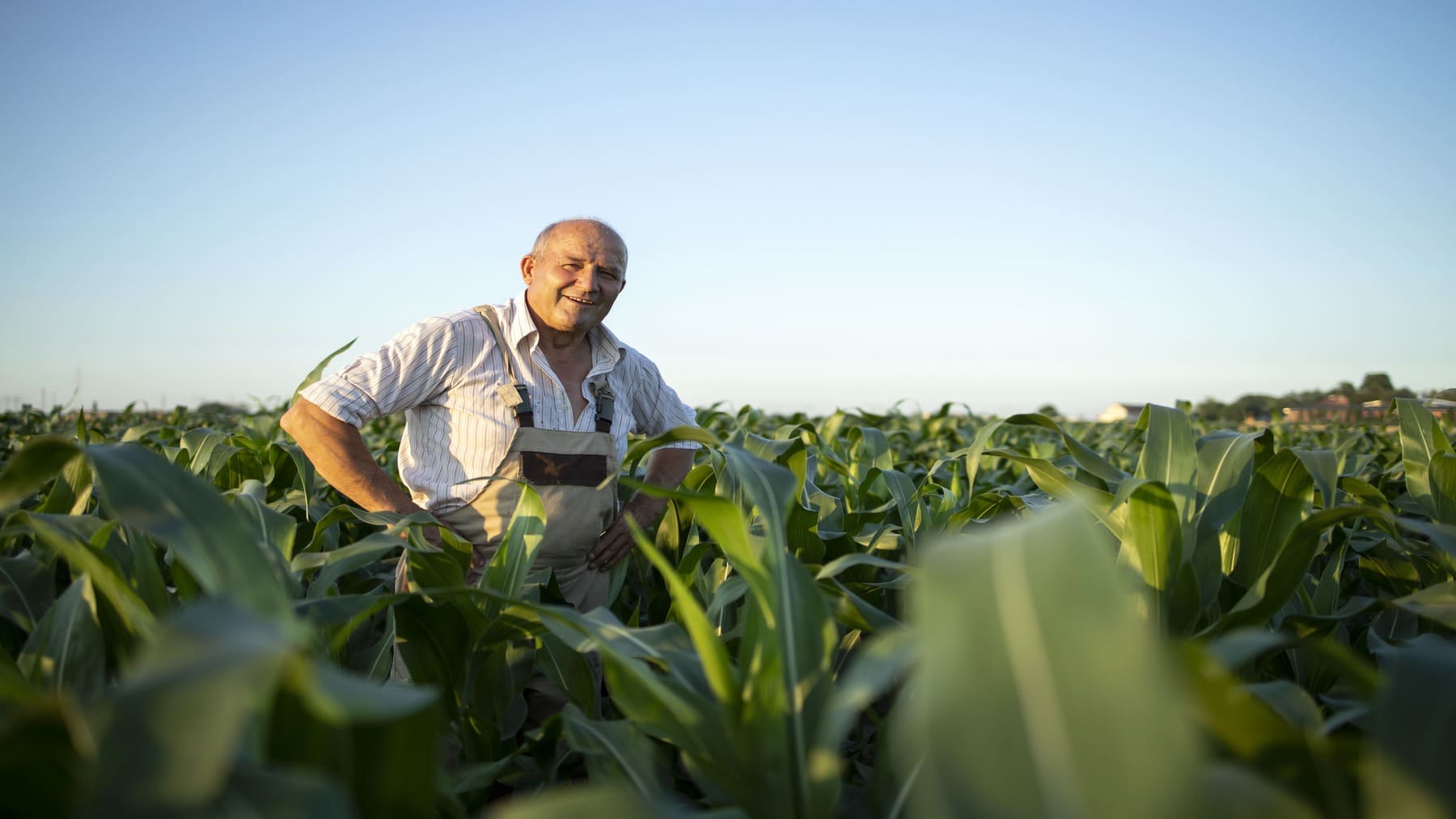“Everyone sees EV’s are coming,” Mr. Paluska says. And while the expectations began rising years ago
The recent years have seen remarkable activity in the global electric vehicle industry. For the past three to five years ago, the EV market has gone through a normal “hype circle,” Joe Paluska, vice president for communications at venture-backed American-Israeli company Better Place tells EcoSeed.
“Everyone sees EV’s are coming,” Mr. Paluska says. And while the expectations began rising years ago, the market is very much alive and electric cars are hitting the road in decent numbers, he added.
“Electric cars are much more efficient technology full stop. It allows any country to groom itself past oil,” he added.
The EV market is widespread across countries worldwide. “There are brave spots in every region,” said Mr. Paluska.
In China, he identified 15 major cities, including national capital Beijing, which are currently holding projects both for electric cars and the infrastructure they need.
The local government of Beijing initiates the switch to electric cars from combustion engine cars. Meanwhile, both the regional and city governments are working on infrastructure development.
Moreover, the Chinese national government has issued an electric vehicle plan which stipulated its goal to power about 500,000 EV’s by 2015 and reach sales of over $5 million by 2020.
When you combine all the efforts taken by the government at all levels with the infrastructure advancements, the adoption becomes more rapid, said Mr. Paluska.
In Europe, Mr. Paluska named Denmark, the Netherlands and Sweden as the countries that are most likely to become market leaders in the region, which are presently taking a series of steps to accelerate EV deployment.
But France is leading the EV market in Europe by far, having strong support from its government through subsidies and incentives for electric and hybrid car users.
In the United States, California is the leading state taking a big push in the electric cars technology. The local government has implemented a subsidies scheme that will boost the use of EV’s across the state. For now, EV’s are being slowed down by the national elections, but this is seen changing after November.
EV charging technologies
Charging networks are one of the most crucial infrastructures for successfully deploying electric vehicles on the road.
“What the industry has done over the past four or five years ago was work on a variety of standards, so these standards interface between charge spots, the cars and the batteries,” according to Mr. Paluska.
The most commonly-used charging network technology is the charging station, which supplies electric energy for the rechargeable batteries of plug-in vehicles.
However, among the major setbacks of this technology is that it takes time for the car user to be on a charging station and have the battery full charged, without mentioning the range at which the car could travel after charging.
Better Place offers a solution that will help overcome these hurdles through its battery switching technology.
“Battery switch stations give you access to a fresh, fully charged battery in about the same time that it takes to fill up a car with gas. So range is no longer an issue. And the electric car is perfectly practical,” the company says.
Cars with built-in batteries that go on spot charging stations usually have the capacity to travel in a range between 100 kilometers to 150 kilometers on single charge. With switchable batteries, the users will be able to run in an unlimited range. “Just drive, switch and go,” the company says.
“Our overall technology has a ‘fit them all’ feature where there is a standard charge spot that can be installed at home, in the office and inside the car, where you can create a personalized energy plan, including how far the car can go and where to point you in the right switch station,” Mr. Paluska describes their concept.
With such a mechanism, “we think that we’ve got the winning solution,” he stressed.
Yet the juries are still out, and other companies are still working on experiments to improve the battery charging concept.
Better Place as a market player
Israel is the first country to work with Better Place in setting up a battery switch infrastructure. The goal is to replace 50 percent of the country’s conventional cars with electric ones by 2016. To date, there are about 23 battery switch stations across Israel.
Denmark is Better Place’s other large market. It is where the company’s first EV battery swapping station in Europe was set up. The Gladsaxe station was also the first among the 20 planned battery switch stations in the region designed to pave the way for free driving across the whole of Denmark.
Just recently, Better Place expanded its network in the Netherlands through the development of its first switch station in Amsterdam right at its Schiphol airport, said Mr. Paluska. This station will serve as a battery switching hub for electric taxis in the area, allowing a smooth back-and-forth travel from the airport to Amsterdam. This project is expected to be completed by this coming summer.
For further plans, the company seeks to start off its deployment in Australia later this year. The company is also running a pilot battery switch station and joint education center in China’s southern city of Guangzhou, while it will go after the U.S. right after the November elections, when the EV industry hopefully sees a much clearer direction, said Mr. Paluska. (Catherine Dominguez)
http://ecoseed.org – ECOticias.com
